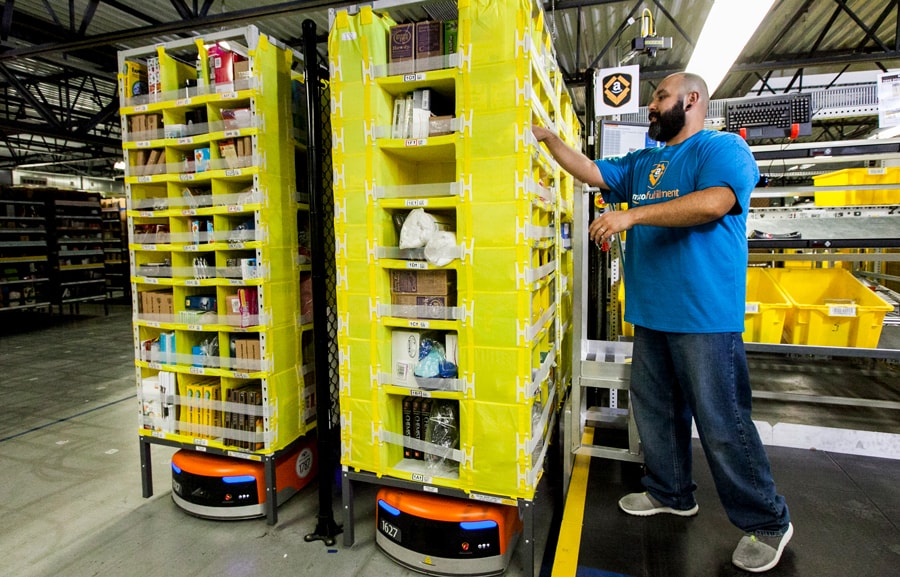According to the director of CEW Georgetown, Andrew Carnevale, job skills are evolving faster than ever, and schools can’t keep up with the pace. What can schools do? Partner up with industries.
Photo: Bigstock
Schools need to understand how the workforce and careers are changing, what skills are on demand so they can prepare students successfully for the future. But if the skills required change so quickly, how can schools and students keep up? By joining forces with industries.
According to Achieve, a nonprofit, 62 percent of employers think that high schools are doing a poor job in making their alumni college and career ready, but engaging them with companies may introduce them to the skills they’ll use and get to know the field they are thinking of choosing.
Andrew Carnevale, director of the CEW Georgetown, explained that the idea of industry partnerships has been around since the ’80s, but it’s stronger now than ever. “Skill needs change, and if the change affects a significant number of workers, it will get passed back into the education system,” he said.
The partnership is an opportunity to create curricula, help businesses meet their needs, and for them to identify skill gaps that can be closed with the alliance, which is why it has become so popular in recent years.
However, these programs have to be a bridge between employers need and the students or future employees; they have to allow the student to have mobility, transferable skills that can be applied in different jobs or industries. This may represent a challenge for companies that wanted long-term employers and payoffs.
Kentucky’s example
In Kentucky, there are numerous initiatives to bring educators and companies together, making the U.S. state an excellent example of the impact of joining efforts.
One of the newest programs is the Ignite Institute at Roebling Innovation Center, that will start the next school cycle. The institute will allow 9-12 grade students to do collaborative project-based learning STEAM with a real industry-case methodology. The goal is to teach soft skills using hands-on learning.
Another program, the NAViGo, plans to empower students for the rest of their life by reviewing each student’s case to see gaps in their life’s plan and addressing them. They discover that the graduation rates improve once the alumni enter the second semester, so NAViGo provides coaches from Corporex, a local developer, even during summer breaks, to help students succeed.
Moreover, there’s Growing Regional Outcomes through Workforce or Grow NKY, a workforce development that works with high school students so they can get college credits, better grades and help them find a job after graduation.
This article from Observatory of the Institute for the Future of Education may be shared under the terms of the license CC BY-NC-SA 4.0 
)
)











)
Fernanda Ibáñez
Fernanda Ibáñez
Fernanda Ibáñez